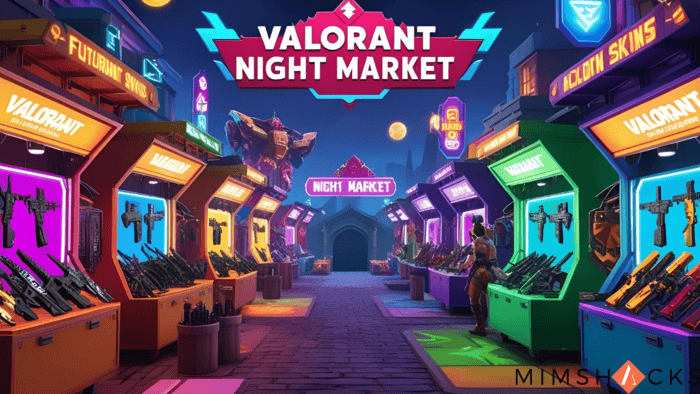The Rise of Crypto Games: Merging Fun with Financial Rewards

In recent years, the gaming industry has seen a remarkable transformation driven by the rise of cryptocurrency and blockchain technology. Crypto games let players earn real money while enjoying gaming, making them popular among gamers and investors.
This combination of gaming and cryptocurrency offers new ways for players to earn money from their skills. It changes the digital entertainment scene, with factors like XRP price affecting the market. This article looks at the rise of crypto games, how they function, and their impact on the gaming industry.
The Emergence of Crypto Games
Crypto games are built on blockchain technology, enabling players to earn cryptocurrency or non-fungible tokens (NFTs) through gameplay. These games often incorporate play-to-earn (P2E) models, allowing players to earn rewards for completing tasks, achieving milestones, or participating in in-game economies.
Unlike traditional games, where players invest time and money without tangible returns, crypto games offer a unique incentive structure that aligns player engagement with financial gain.
The rise of crypto games can be traced back to the success of titles like “Axie Infinity,” which has gained immense popularity by allowing players to breed, battle, and trade digital creatures called Axies.
The game’s economy is fueled by its native cryptocurrency, Smooth Love Potion (SLP), which players earn through gameplay. This model has attracted millions of players and created a thriving marketplace for Axies and other in-game assets.
How Crypto Games Work
At the core of crypto games lies blockchain technology, which ensures transparency, security, and actual ownership of in-game assets. Players can trade, buy, and sell their assets on decentralized marketplaces, allowing them to capitalize on their time and effort. Here’s how the mechanics typically work:
- Play-to-earn Mechanics: Players can earn cryptocurrency or NFTs through various in-game activities. For example, players might complete quests, win battles, or gather resources. This rewards system incentivizes players to invest time in the game.
- Ownership: Unlike traditional games, where in-game items are often locked within the game’s ecosystem, crypto games genuinely allow players to own their assets. Using blockchain, players can buy, sell, or trade their assets freely, creating a real-world economy around in-game items.
- NFT Integration: Non-fungible tokens (NFTs) are unique digital assets representing ownership of specific items, characters, or artwork. In crypto games, NFTs can be rare weapons, skins, or characters players can trade or sell. Their scarcity adds value and excitement to gameplay.
- Community Involvement: Many crypto games allow players to participate in decision-making by voting on updates, features, and economic changes. This decentralized method helps players feel a sense of ownership and involvement.
The Benefits of Crypto Games
The rise of crypto games brings several benefits to both players and the gaming industry as a whole:
Financial Incentives
Crypto games give players unique opportunities to earn money while having fun. This play-to-earn model can be especially appealing in developing countries, where players can supplement their income through gaming.
Decentralization and Ownership
Blockchain technology ensures that players own their in-game assets. This decentralization shifts the power dynamics in gaming, allowing players to have a say in developing and directing the games they love.
New Economic Opportunities
The rise of crypto games has created new economic ecosystems, creating jobs for developers, artists, and marketers. Additionally, players can become entrepreneurs by creating and selling in-game assets, contributing to a vibrant digital economy.
Innovation and Engagement
The integration of cryptocurrency and blockchain technology encourages innovation in game design. Developers are experimenting with new mechanics and features, creating more engaging and immersive gaming experiences.
Challenges and Considerations
Despite the many advantages of crypto games, several challenges must be addressed:
Market Volatility
Cryptocurrency markets are known for their volatility, which can impact the value of in-game assets. Players must be aware of these fluctuations and understand that their financial rewards vary significantly.
Regulatory Concerns
As the popularity of crypto games grows, regulatory scrutiny may increase. Governments worldwide are still figuring out how to handle cryptocurrencies and digital assets, which could affect the operations of crypto games.
Sustainability
The long-term sustainability of play-to-earn models is still being determined. Developers must create balanced economies that keep players engaged while ensuring the system remains profitable.
The Future of Crypto Games
The future of crypto games is promising, with continuous innovation and growing interest from players and investors. As technology improves, we can expect more engaging experiences, better graphics, and intricate storylines that offer financial rewards.
Also, as mainstream gaming platforms adopt blockchain, the line between traditional and crypto games may fade.
In summary, the rise of crypto games marks a significant change in the gaming industry, blending entertainment with financial gain. These games provide new opportunities for players by using blockchain and cryptocurrencies, challenging traditional gaming models.
As the industry develops, crypto games have great potential to transform how we perceive gaming and earning money, creating a future where enjoyment and financial rewards go hand in hand.






